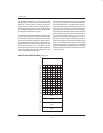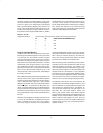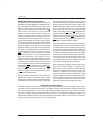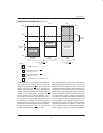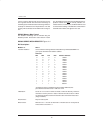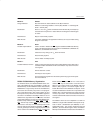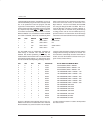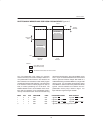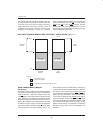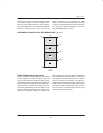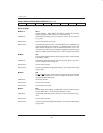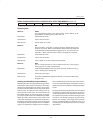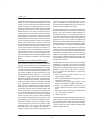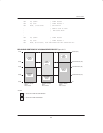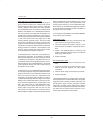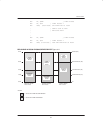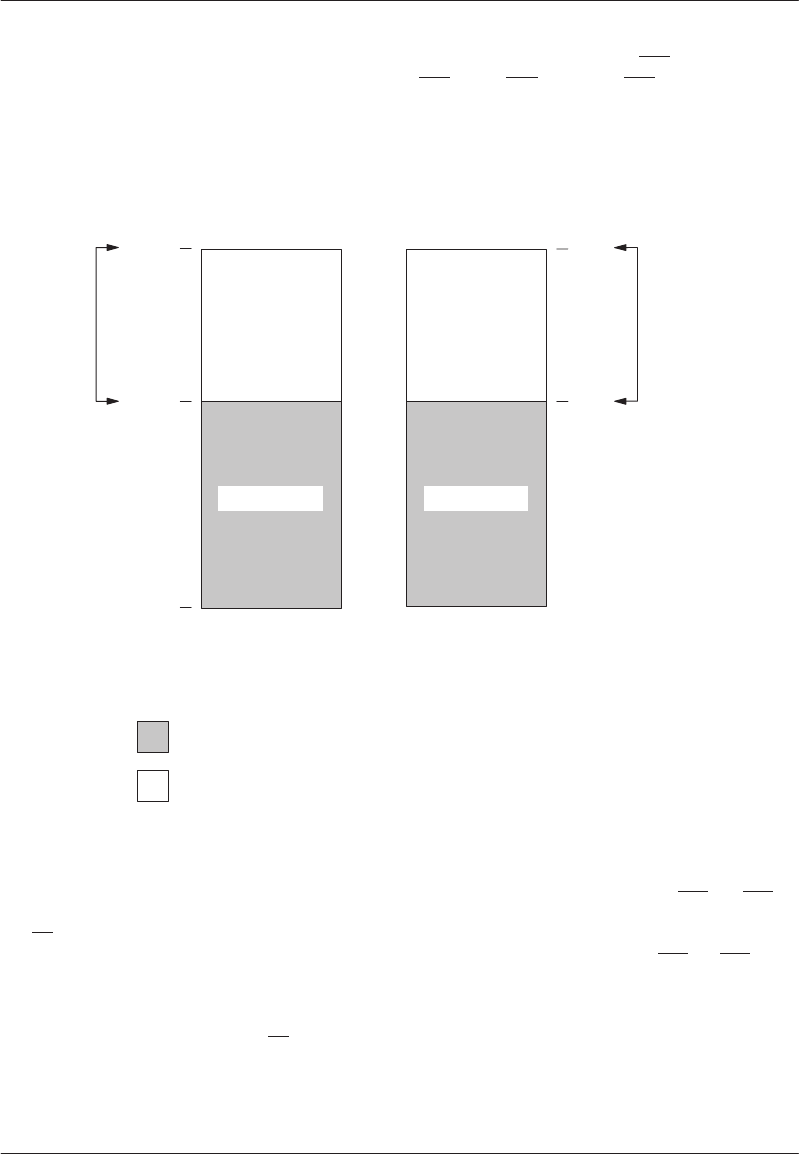
USER’S GUIDE
050396 19/173
20
Any address that does not fall into the Byte–wide bus
area is routed to the Expanded bus of Ports 0 and 2. This
could only occur for the first two settings. Note that a
single 128K device is the least expensive in terms of
component cost and size. In this case, all memory ad-
dressable by the DS5001 is stored in a nonvolatile
128K x 8 SRAM. When the MSEL pin is grounded, the
device automatically converts CE1
to a chip enable,
CE2 to A16, CE3 to A15, and CE4 is unused. The MSL
bit, accessible only via the bootstrap loader, is used to
select whether the the 64KB data or 64KB program seg-
ment is addressed by the loader.
NON–PARTITIONABLE MEMORY MAP FOR DS5001, DS5002 SERIES Figure 4–6
FFFFh
0000
PROGRAM DATA
LEGEND:
BYTE–WIDE
BUS ACCESS
BYTE–WIDE
BUS ACCESS
= EXPANDED BUS ACCESS ON PORTS 0 AND 2
BYTE–WIDE ACCESS
(NONVOLATILE RAM)
=
PES=0
64K
32K7FFFh
DATA
RANGE
PROGRAM
RANGE
MEMORY MEMORY
DS5001/DS5002 Memory Mapped
Peripherals
The DS5001 series provides four decoded chip enables
that can be used for peripheral access or extra RAM on
the Byte–wide bus. Application software enables the
four PE signals, which are decoded on 16K byte bound-
aries. While they are enabled, they completely use the
data memory map and normal data memory is not avail-
able on either the Byte–wide or Expanded bus. The PES
bit (MCON.2) is set to a logic 1 to access the peripheral
space. When PES=1, the appropriate PE
signal will be
activated based on the logical address. Figure 4–7
shows the data memory map while PES=1. PES has an
identical effect for either Partitionable or Non–partition-
able modes. It has no effect on the program area. Note
that the first two Peripheral Enables, PE1
and PE2 are
lithium backed by the DS5001. This means that when
V
CC
is removed, the device will maintain these chip en-
ables in a logic high, inactive state. PE3 and PE4 are not
lithium backed making them suitable for UARTs, A/Ds,
etc. Lithium backed chip enables are used to access
lithium backed memory or peripherals, including the
DS1283 real–time clock used in the DS2251T and
DS2252T.



